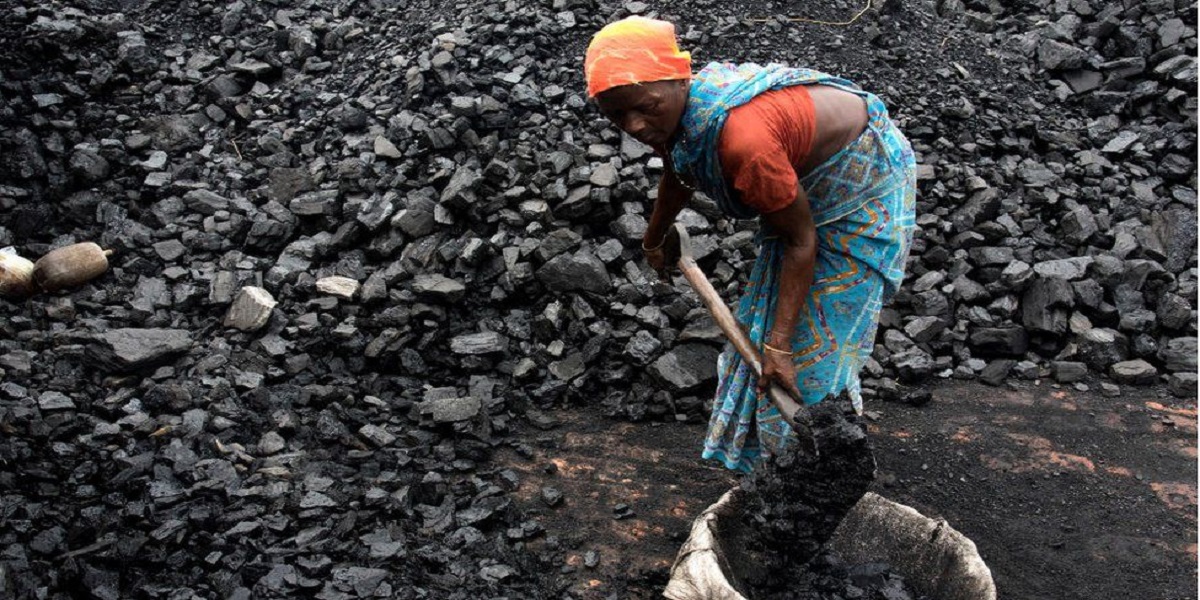Sandeep Mall’s engineering goods firm outside Delhi, has been experiencing crippling power outages that last up to 14 hours every day.
The business produces goods for the aerospace, automobile, mining, and construction industries.
It is located in Faridabad’s major manufacturing region.
“When the power goes out, the machines halt, the semi-finished products are rejected, and we have to start over,” Mall explains.
When he starts up diesel-powered generators to keep the factory functioning, this happens.
He claims that running it on diesel costs three times as much as paying the local electricity transmission authority.
Mall says, “This erodes my competitiveness, cuts into my profits. It’s a complete mess, and is very frustrating.”
“These are the worst power cuts I have faced in over a decade.”
Power disruptions and blackouts have been sweeping India since April, halting enterprises, stopping schools, and provoking protests.
According to more than 21,000 people, two out of every three households are experiencing power disruptions.
Every day, one out of every three households reported outages of two hours or longer.
At least nine states are experiencing protracted power disruptions, including Haryana, where his factory is based.
The main reason for the shortfall of electricity is a coal shortage.
India is the world’s second-largest coal consumer and production.
Coal is responsible for three-quarters of the country’s electrical production.
India has the world’s third-biggest coal deposits and the world’s largest coal mining corporation.
Per capita consumption is still low.




















